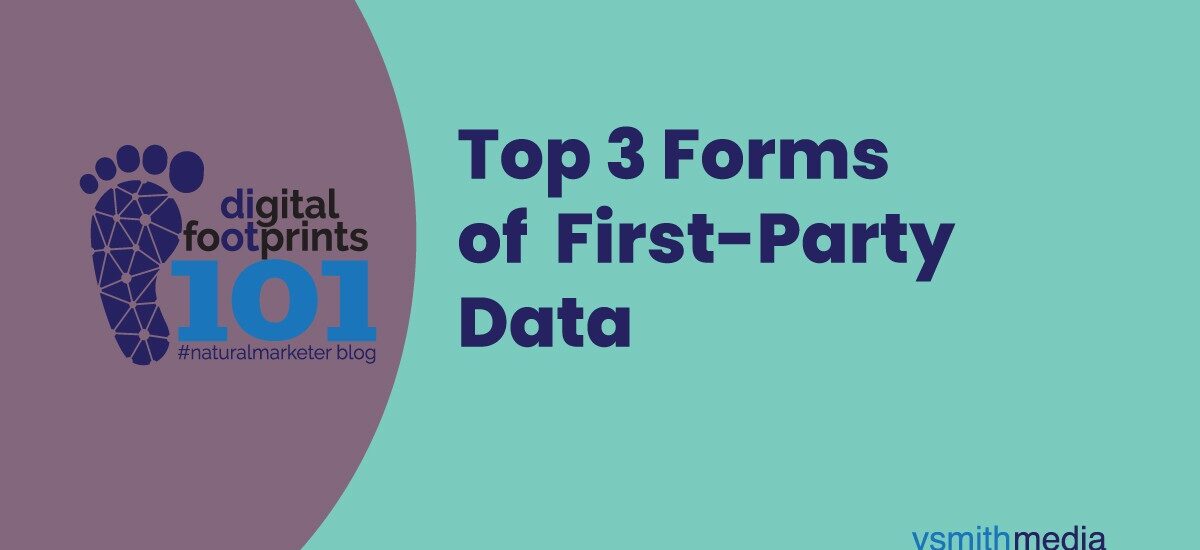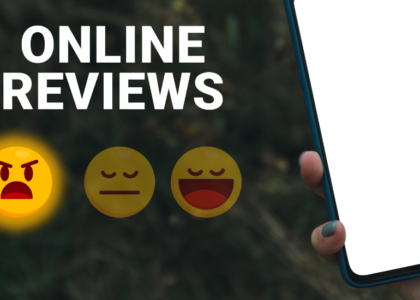Determining the “top 3” forms of first-party data can be subjective and depend on your specific business goals and industry.
Customer Transaction Data: This encompasses data generated through any customer interaction with your purchase cycle, including.
- Purchase history: Items bought, frequency, amount spent, preferred product categories, etc.
- Cart abandonment data: Products left in carts, reasons for abandonment, potential areas for improvement.
- Customer lifetime value (CLTV): Total revenue generated by a customer over their relationship with your brand.
- Payment information: Payment methods used, preferences, any potential security risks.
Transaction data provides a strong foundation for understanding customer behavior, identifying trends, and optimizing your sales funnel. By analyzing patterns and preferences, you can personalize product recommendations, improve marketing campaigns, and ultimately boost revenue.
Website and App Behavior Data: This data captures how users interact with your digital platforms, offering valuable insights into their interests and navigation patterns:
- Website analytics: Page views, clicks, engagement time, bounce rates, referral sources, etc.
- App analytics: Feature usage, user journeys, screen recordings, user location data (with consent).
- Search keywords: What users search for within your website or app, highlighting their needs and intent.
- A/B testing results: How users respond to different website layouts, features, or content variations.
Website and app behavior data allows you to personalize the user experience, tailor content to specific segments, and identify areas for improvement in usability and design. By understanding user journeys and pain points, you can optimize your digital channels for increased engagement and conversions.
Customer Feedback and Survey Data: Directly gathering feedback from your customers allows you to capture their voices and understand their thoughts, feelings, and preferences:
- Customer satisfaction surveys: Measuring overall satisfaction with products, services, and customer service experiences.
- Net Promoter Score (NPS): Gauging brand loyalty and customer willingness to recommend your business.
- Open-ended feedback forms: Encouraging detailed feedback on specific aspects of your offerings.
- Social media interactions: Comments, reviews, and mentions on social media platforms provide valuable customer insights.
Customer feedback data enables you to identify areas for improvement, address pain points, and personalize communication based on your audience’s preferences. By listening to your customers and implementing their suggestions, you can build stronger relationships and foster brand loyalty.
Remember, the forms of first-party data may vary depending on your specific needs. Choose the ones that align most closely with your business goals and provide the most relevant insights for improving your offerings and customer relationships.





